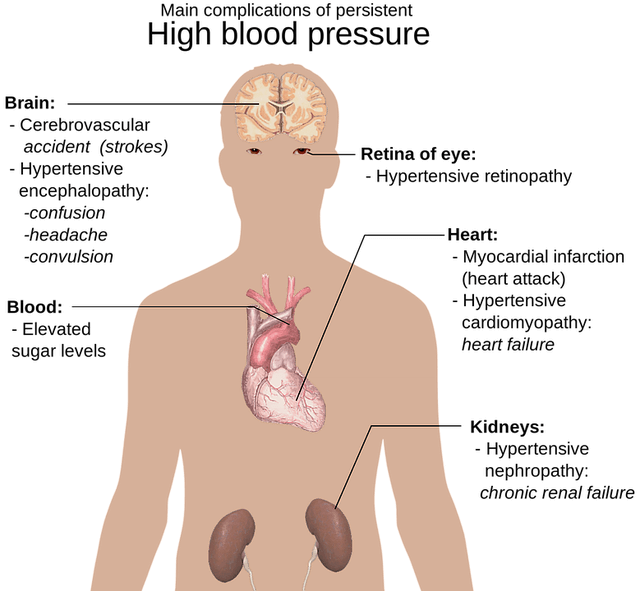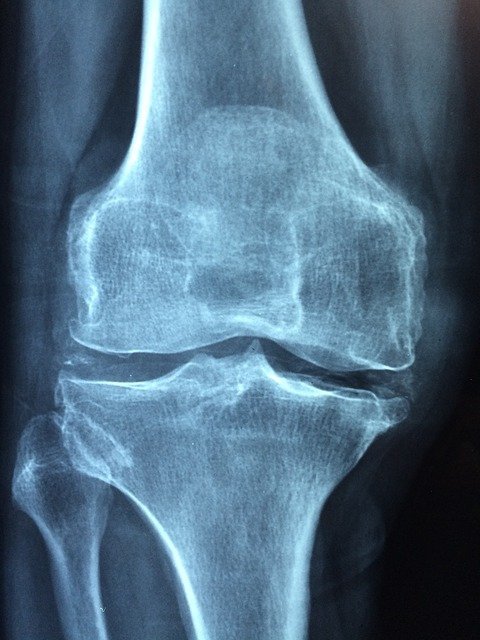- Cupping / Hijama Points Treatment Plan
- Body Part / Function Involved
- Symptoms and Effects
- Dietary Changes
- Changes Lifestyle
- Alternative Remedies
Information on this site shall be considered as holistic, alternative and spiritual advice only. For medical advice and treatment a GP, medical professional and/or Certified Hijama Therapist should be consulted. In all circumstances where lifestyle changes, supplements, or other foods are suggested your GP should be consulted. Client Safety is the number one priority.
Cupping / Hijama Points Treatment Plan for High Blood Pressure
Allow 2-4 weeks between sessions – longer if required. Hijama Points shown for each session should ONLY be used to guide the therapist. Body size, cup size, and any other conditions need to considered and appropriate care and attention taken. The number of sessions shown can be increased or reduced depending on the condition of the client.
Complete Treatment Plan
Click here for Session 1Click here for Session 2
Click here for Session 3
Use the standard hijama points as an additional or as separate standalone sessions.
Standard Wet Points – 1,55,2,3,11,12,13,101,32,6,48,9,10,7,8,43,44
Click here for Hijama Points on the back of the bodyClick here for Hijama Points on the head and face
If the client has a complicated history and numerous concerns then it is a good idea to use our online consultation service – click here.
Which body part or function is involved in High Blood Pressure?

When heart muscles contract, they pump the blood from the heart to all body parts through circulation (blood circulation), the force of this circulating blood is termed as blood pressure. There two terminologies that defined the contraction and relaxation rates, the systolic and diastolic, respectively.
The circulatory system or cardiovascular is responsible for all kinds of circulations inside the body. The cardiovascular system involves systemic circulation, pulmonary and lymphatic. The systemic circulation is responsible for supplying oxygenated blood from the left ventricle to all capillaries and tissues of the body through arteries. It also takes part in intracellular and extracellular gaseous exchange. It carries oxygen and nutrients towards the cells, picks up the carbon dioxide, and eliminates its waste material.
The systemic and pulmonary circulation are interconnected to each other or have a similar task, that is circulation. The pulmonary circulation is responsible for transporting deoxygenated blood away from the right ventricle and the return of oxygenated blood to the left atrium and ventricle of the heart. The pulmonary circulation began from the pulmonary valve at the end, on the left side of the heart.
The lymphatic system contains lymph which mainly contains lymphocytes, digested and absorbed fat from the intestine, and fluid from extracellular spaces. At the same time, it operates through a network of tissue, vessels, and organs, called the lymphatic system, to supply mature lymphocytes to blood. This system is mainly responsible for the internal balance of fluids concerning the outer fluctuating environment. The lymphatic system supports immunity as it provides mature lymphocytes to the blood to fight against external invading microbes. It removes bacteria when moving back into the circulatory system with a colorless and watery fluid called lymph. Every day, some 20 liters of plasma flows through arteries and smaller arterioles.
What are the symptoms and effects of High Blood Pressure on the body?

These days, almost one-third of the world population is suffering from high blood pressure without even being aware of it. The high blood pressure does not show any vital symptoms unless it is very severe. To know the severity of blood pressure taking regular blood pressure checkups is recommended. Even before the regular checkups, one should notice the symptoms that might be there even before the problem gets severe.
Severe Headaches:
if you have a severe headache all the time, it means you have a high circulation of blood due to which your muscles are not relaxed, causing a headache.
Vision:
Some people when suffering from hypertension experienced vision problems. But it is usually experienced after experiencing headaches as both of these phenomena are interconnected.
Irregular heartbeat:
During high blood pressure, the heart rate will automatically increase as the blood pumping speedily by the heart valves. This causes discomfort and dizziness while sometimes vomiting.
Difficulty Breathing:
Hypertension symptoms include difficulties in breathing. It also disturbs respiratory functions, due to which difficulties in inhalation are experienced.
Blood with Urine: That would be called the most dangerous symptom of hypertension because it occurs only when we experience a higher rate of systolic and diastolic blood pressures consistently. When a person consistently experiences high blood pressure, the tiny internal capillaries will be damaged and lead to internal bleeding. Hypertension is caused due to high alcohol consumption, use of salt or acidic products, lack of physical activities, mental disturbance, and obesity. But in some people, it has been found genetically. Hypertension, if not controlled, can lead to other severe medical conditions and cause more significant damage.
The complications which can be caused due to uncontrolled high blood pressure include:
Stroke: Consistent high blood pressure causes atherosclerosis which can lead to stroke.
Aneurysm: Healthy blood vessels become weakens and bulge if we experience consistent high blood pressure. Due to vessels’ weakness, an aneurysm is formed, which if ruptures, can be life-threatening.
Heart Failure: When the blood pressure is high, the heart needs to pump blood harder. This causes hypertrophy in the heart’s left ventricle, which later leads to the thickening of muscle and then hearts failure.
What changes in diet can help improve symptoms of High Blood Pressure?
To control high blood pressure, one should be conscious enough of the diet being taken as it cannot be controlled with medications only. Eating low-fat dairy products and avoiding cholesterol, and a saturated fat diet is reported to lower blood pressure by 11 mm of Hg. If you are living with hypertension, your healthcare professional or nutritionist will make a weekly or monthly diet plan for you. Suggesting diet rich in whole grains, fruits, and vegetables, etc.
Changes in lifestyle which can help High Blood Pressure
Obesity is the leading cause of hypertension; it means lowering weight can cause a decrease in blood pressure. If a person is over-weight and feels a disturbance in breathing during sleep this can lead to sleep apnea raising blood pressure even further. To avoid such health problems, daily walks, moderate exercise, and cycling are recommended with a proper diet plan, while keeping yourself away from stress.
Possible alternative remedies for High Blood Pressure
The remedies to avoid high blood pressure include regular exercise. According to the clinical experts, if you do routine exercise of 30 minutes a day or 150 minutes per week, you can lower your blood pressure by 5 to 8 mm of Hg. Moreover, cycling, walking, swimming, and jogging also help you avoid developing hypertension.




